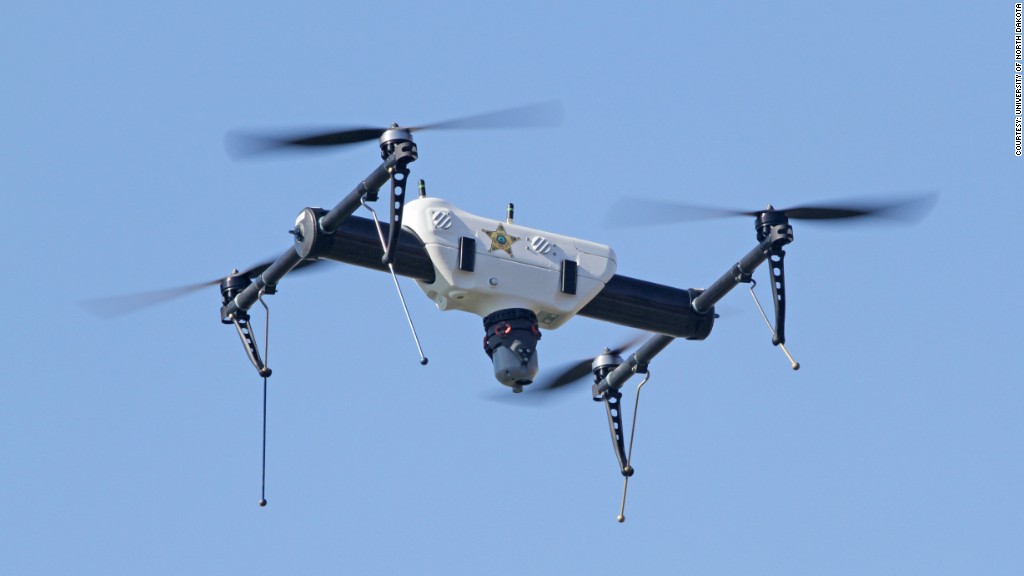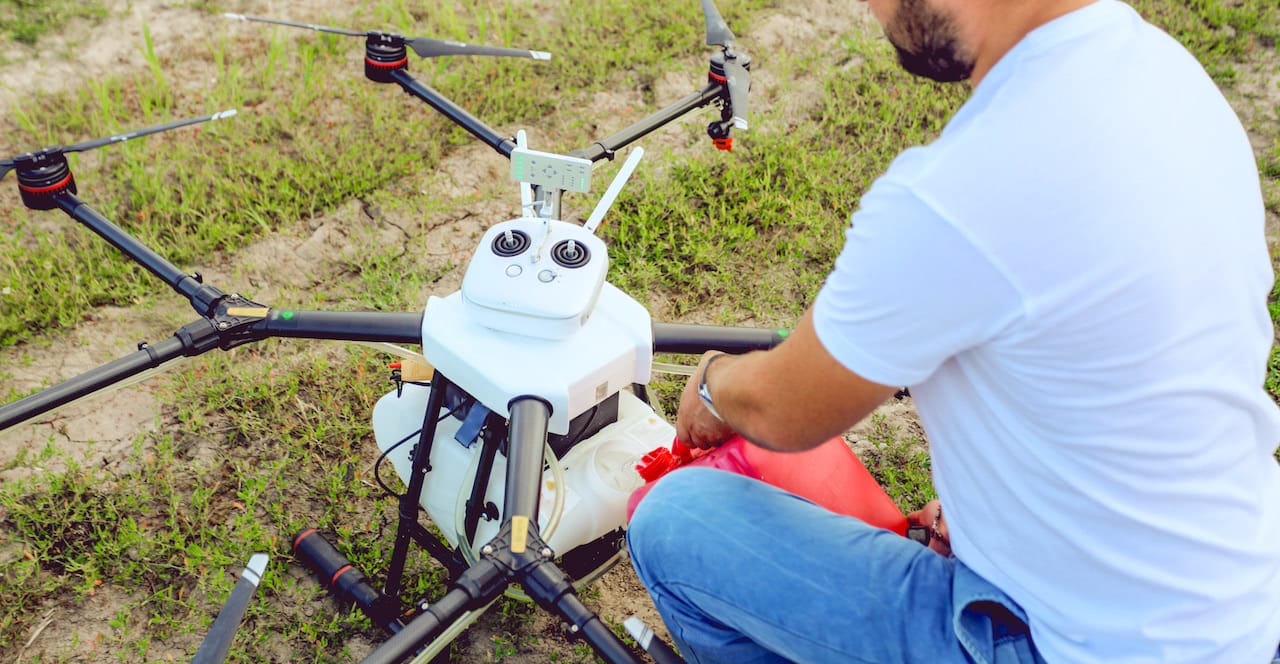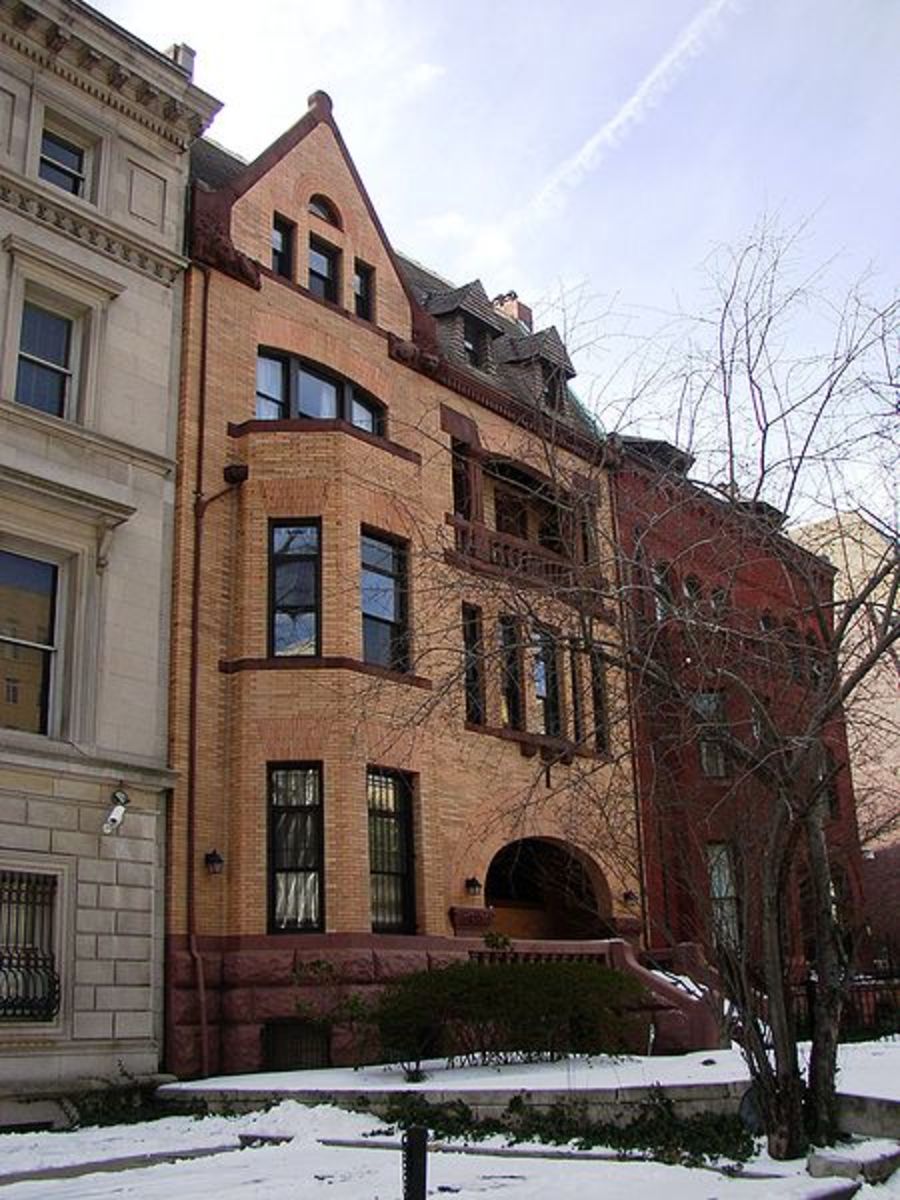
Shari Harvey, who is taking over most of the drone FOIAs at the FAA, told me a few weeks before I got a response that the agency's database for drone infractions is fragmented to the point where seemingly simple searches require the cooperation of many different offices. Getting a response to my FOIA took seven months because of a backlog of requests and general disorganization at the FAA.

I was referred to an FAA document about enforcement actions notes that the agency only advises issuing penalties if an inspector decides there is a " medium or high actual or potential risk to safety," though it does not define what those thresholds might be. An FAA spokesperson was unable to say for sure if there were any other cases not included in the FOIA. Patricia McNall, an FAA attorney who handled my FOIA request, wrote in a cover letter that these were all the enforcement actions that the FAA had issued and did not mention there being any other cases. The FAA would not comment on specific cases. This is backed up by previous FAA documents Motherboard has obtained. Sachs says that much of the evidence the FAA uses in enforcement investigations comes from publicly available YouTube videos, commercial operators' websites, and media and police reports. But in other instances it has fined people for flying a drone without "an operable coded radar beacon transponder," and "automatic altitude reporting equipment." These are instruments almost no drones have, and the regulations being used are for manned aircraft. The standard violations the FAA cites are ones that prohibit people from operating an aircraft "in a careless or reckless manner," or in certain types of airspace. The FAA has one go-to violation it cites when fining drone pilots, but the agency is willing to pull out additional regulations or violations if it wants to throw the book at a person or company. "There's drones being used all over the country, so why such a focus on New York, Washington, and Boston?" she said. "Some inspectors call it an aircraft, some places it's an unmanned system." The allegations, even though they're coordinated through headquarters, are all over the place," Loretta Alkalay, who was head of the FAA's Eastern Regional legal office for 20 years and is now a drone law professor, told me. "The penalties are disturbingly all over the place. This means that almost all of the FAA's drone fines have come in east coast cities, with a couple of isolated fines in Texas, Alabama, and Puerto Rico.

Those fines make at least some amount of sense-more puzzlingly, the FAA has fined people for flights that have ended in no incident whatsoever, and once fined two people who crashed their drones into each other over the ocean in Puerto Rico.Īlmost all of the fines have come from the FAA's eastern region office, which appears to have taken a hardline stance against drones. The FAA has issued fines to people who have flown drones into public buildings, over sports stadiums, and in Washington DC's restricted flight area. "They propose a scare-you-to-death fine, you talk to them, and then they give you a slap-on-the-wrist fine and go on their way," Peter Sachs, a Connecticut-based drone attorney told me. "There's drones being used all over the country, so why such a focus on New York, Washington, and Boston?" All of these documents are embedded at the bottom of this post. Commercial operators have been fined as much as $1.9 million.

More commonly, the FAA fines people between $1,100 and $2,200 and, if it receives pushback, offers to settle for much less. The documents the FAA sent me show that the fine for flying a drone recklessly vary wildly: Some hobbyists have settled with the FAA for as little as $400, while others, such as the man who crashed his drone on the White House lawn, have paid as much as $5,500.


 0 kommentar(er)
0 kommentar(er)
